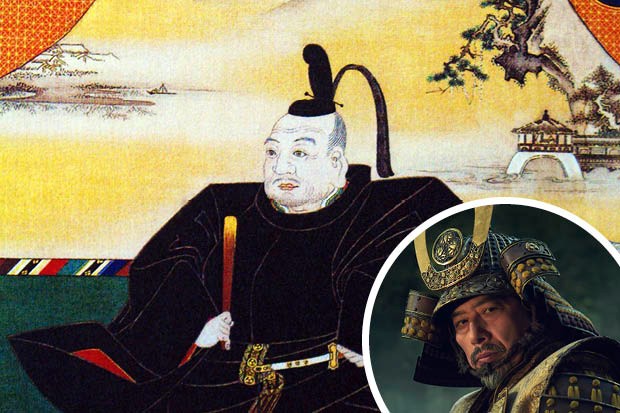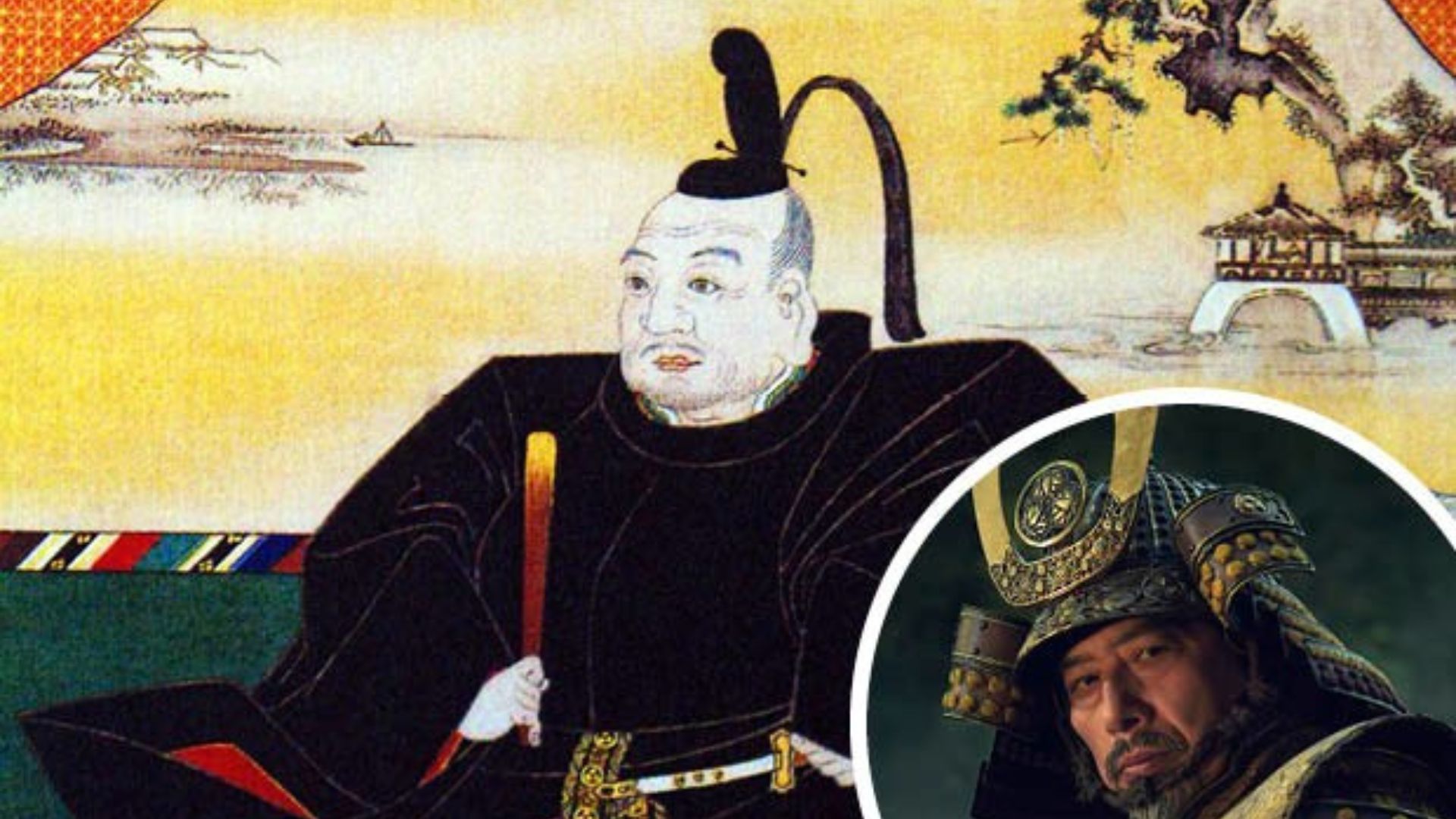Tokugawa Ieyasu was one of Japan’s most influential leaders, bringing an end to the Warring States period and establishing the Edo Shogunate, which ruled Japan for over 250 years. Through strategic alliances, patience, and military prowess, he secured victory at the Battle of Sekigahara (1600) and became shogun in 1603. His governance laid the foundation for the Tokugawa period (1603–1868), an era of peace, economic growth, and strict social order.
Early Life and Rise to Power
Born in 1543, Ieyasu was the son of a minor daimyo from Mikawa Province. As a child, he was sent as a hostage to the powerful Imagawa clan, where he learned the art of politics and warfare.
After the death of Imagawa Yoshimoto in 1560, Ieyasu aligned himself with Oda Nobunaga, rising in power and securing his domain. Following Nobunaga’s assassination in 1582, Ieyasu allied with Toyotomi Hideyoshi, further expanding his influence.
The Battle of Sekigahara: The Path to Shogun
After Hideyoshi’s death in 1598, a power struggle erupted between Ieyasu and Hideyoshi’s loyalists, led by Ishida Mitsunari. The conflict culminated in the Battle of Sekigahara (1600), where Ieyasu’s forces defeated the Western Army, marking the beginning of his rule.
-
Strategic Alliances: Ieyasu secured support from key daimyo, ensuring a strong army.
-
Superior Tactics: He positioned his troops advantageously, using deception and well-planned attacks.
-
Decisive Victory: With over 75,000 soldiers, Ieyasu’s army overwhelmed his enemies, making him the most powerful figure in Japan.
Establishment of the Edo Shogunate
In 1603, Emperor Go-Yōzei officially appointed Tokugawa Ieyasu as shogun, establishing the Edo Shogunate (also known as the Tokugawa Shogunate). His government focused on stability, economic growth, and social order.
-
Alternate Attendance System (Sankin-kōtai): Daimyo were required to spend time in Edo (modern Tokyo) and leave their families there as hostages, reducing the chance of rebellion.
-
Strict Social Hierarchy: Society was divided into four main classes: samurai, peasants, artisans, and merchants, maintaining order.
-
Economic Policies: Ieyasu promoted agriculture, trade, and infrastructure, leading to economic prosperity.

Foreign Relations and Isolation Policy
Ieyasu encouraged foreign trade early in his rule, but foreign influence soon became a threat. The spread of Christianity alarmed the shogunate, leading to the persecution of Christians and increasing restrictions on foreign trade.
By 1639, under Ieyasu’s successors, the Sakoku (closed country) policy was fully enforced, isolating Japan from most foreign nations for over 200 years.
Tokugawa Ieyasu’s Later Years and Death
In 1605, Ieyasu retired and passed the title of shogun to his son, Tokugawa Hidetada, though he remained the true ruler behind the scenes. He spent his final years strengthening the shogunate’s policies, ensuring the Tokugawa family’s dominance.
Ieyasu died in 1616 at the age of 73. He was deified as Tōshō-gū, enshrined at Nikkō, and worshiped as a protector of Japan.
Legacy of Tokugawa Ieyasu
Ieyasu’s leadership led to 250 years of peace under Tokugawa rule. His policies influenced Japan’s economy, governance, and cultural development. The Edo period saw:
-
Rapid urbanization and economic growth
-
The rise of a distinct Japanese culture, including ukiyo-e art and kabuki theater
-
The preservation of traditional samurai values and governance
Even after the fall of the Tokugawa Shogunate in 1868, Ieyasu’s impact on Japan’s history remains profound.
Conclusion
Tokugawa Ieyasu was more than just a military leader—he was a visionary who built a lasting government that ensured peace and prosperity for Japan. Through patience, strategy, and governance, he shaped the course of Japanese history, making him one of the most significant figures of the samurai











